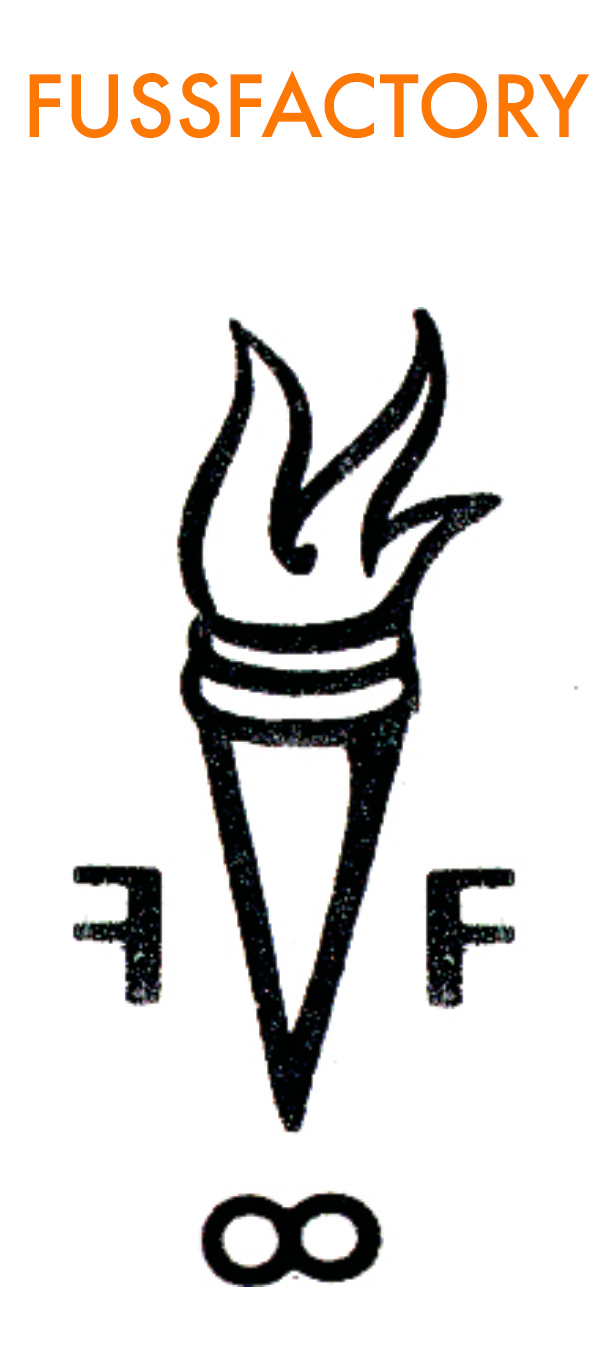#sparkchamber 040119 — Flora Pilso
It’s the first time the first of April falls on #sparkchamber Monday, so we’re going to have some fun! First, we’ve gone to the experts at History for the history of April Fool’s Day.
“Although April Fools’ Day, also called All Fools’ Day, has been celebrated for several centuries by different cultures, its exact origins remain a mystery.
Some historians speculate that April Fools’ Day dates back to 1582, when France switched from the Julian calendar to the Gregorian calendar, as called for by the Council of Trent in 1563. People who were slow to get the news, or failed to recognize that the start of the new year had moved to January 1 and continued to celebrate it during the last week of March through April 1, became the butt of jokes and hoaxes. These pranks included having paper fish placed on their backs and being referred to as “poisson d’Avril” [April fish], said to symbolize a young, easily caught fish and a gullible person.
Historians have also linked April Fools’ Day to festivals such as Hilaria, which was celebrated in ancient Rome at the end of March and involved people dressing up in disguises.
There’s also speculation that April Fools’ Day was tied to the vernal equinox, or first day of spring in the Northern Hemisphere, when Mother Nature fooled people with changing, unpredictable weather.
April Fools’ Day spread throughout Britain during the 18th century. In Scotland, the tradition became a two-day event, starting with “hunting the gowk,” in which people were sent on phony errands [gowk is a word for cuckoo bird, a symbol for fool] and followed by Tailie Day, which involved pranks played on people’s derrieres, such as pinning fake tails or “kick me” signs on them.
In modern times, people have gone to great lengths to create elaborate April Fools’ Day hoaxes. Newspapers, radio and TV stations, and websites have participated in the April 1 tradition of reporting outrageous fictional claims that have fooled their audiences.”
It is in that spirit that we present a four-question best-of-the-brand April Fools’ Day hoaxes.
1.] Where do ideas come from?
On April Fool’s day in 1977, Britain’s Guardian newspaper published a 7-page travel supplement — the largest travel spread they had ever created — devoted to a small island republic in the Indian ocean. The beautiful island of San Serriffe, said to consist of two semi-colon shaped islands called Upper Caisse and Lower Caisse, had its capital in Bodoni, and its leader was General Pica. The supplement featured multiple articles describing the history, geography, and culture of this fictitious archipelago — all with nomenclature based on terminology used in printing.
Advertisers were in on the hoax as well: Kodak sponsoring an exhibit with the headline, “If you’ve got a photograph of San Serriffe, Kodak would like to see it,” and Guinness offering a limited output of beer brewed from barley harvested upside-down in San Serriffe, creating a light beer with dark foam.
Public response was immediate and vociferous, from travel agencies and airlines inundated with requests for information and bookings to an editorial from the “San Serriffe Liberation Front” critical of the pro-government slant to the supplement. Good on you, Guardian!
Where did this idea come from? Philip Davies, Special Reports Manager at the Guardian, remarked in 2007 that the paper was often doing reports on little countries he had never heard of. “I was thinking about April Fool’s Day 1977 and I thought, why don’t we just make a country up?”
2.] What is the itch you are scratching?
Canadian airline WestJet, notorious for its annual April Fool’s jokes, raised the bar with its 2014 hoax. In a 2-minute video announcement, VP Communications Richard Bartrem stated that the airline was missing an opportunity for “truly being Canadian,” and therefore was moving toward a broader adoption of the metric system. “Effective today, we’re converting all of our scheduled arrival and departure times to metric time.” No more guest frustration over missed flights caused by confusion over a.m. and p.m., the simple formula — using a 24-hour clock, convert hours to minutes [multiply the hour number by 60, then add the remaining minutes] divided by 1.44 — is “as easy as converting from Fahrenheit to Celsius.”
Or, with the hashtag #WestJetMetric, the company would do the math for you, promising to reply within 20 milliminutes with your new flight time.
It really always comes down to time management.
3.] Early bird or night owl? Tortoise or hare?
On April 1st in 2009, in a video press release, San Diego-based technology firm Qualcomm unveiled plans for expanding their wireless coverage, forming a “dynamic network” by implanting tiny base stations into thousands of pigeons and letting them fly around freely. Realizing that the fleet would be defenseless, the company undertook a hybridization process, splicing the pigeons with wolves. The resultant wolf-pigeons form packs to defend themselves when necessary, but also cover a wide area due to their lone-wolf propensity.
The solution created its own problem, however, as the wolf-pigeons began to overpopulate, wreaking havoc on the human population. A fix? The shark-falcon! Thinking ahead, an ambitious Junior Engineer concepted the crocod-eagle to forestall any issues that were to arise with the shark-falcons. “The future looks pretty bright, where tomorrow starts today.”
4.] How do you know when you are done?
In these multi-tasking, two-second-attention-span days of social media and FOMO, do you really have to get to the end of anything? Does reading a whole headline count?
In 2014, NPR got to the bottom of it on their Facebook page, posting an article with the headline Why Doesn’t America Read Anymore? The article was an April Fool’s trick, sharing a sense that some who comment on NPR stories do so without actually reading them. It congratulated the “genuine readers” and invited them to play along by liking the post without commenting. Consequently, the hundreds of comments on the thread came from people who did not actually click through to read the content. A powerful example of the premise put forth in the headline. April Fool’s joke and self-proving theory.




